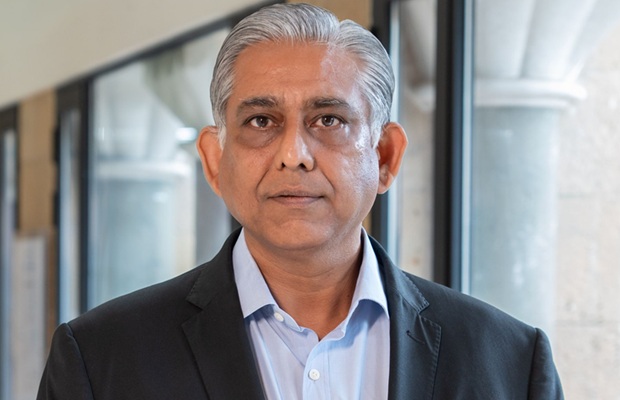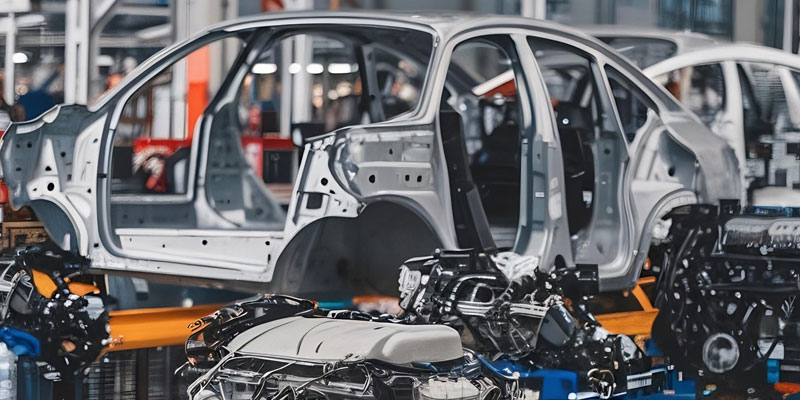Schedule a Call Back
Lightweighting pushing demand for automotive plastics
 Technical Articles
Technical Articles- Nov 01,17

Related Stories

Skipper and Lubrizol Unite to Advance CPVC Standards and Water Safety in India
This collaboration will allow Skipper to provide next-generation piping systems combining heat and pressure resilience, microbial and corrosion shielding, and 100 percent lead-free water circulation..
Read more
Continental Partners with INEOS Inovyn to Cut Carbon Impact of PVC Products
This new material boasts a carbon footprint approximately 37 per cent lower than the European industry average for conventional PVC.
Read more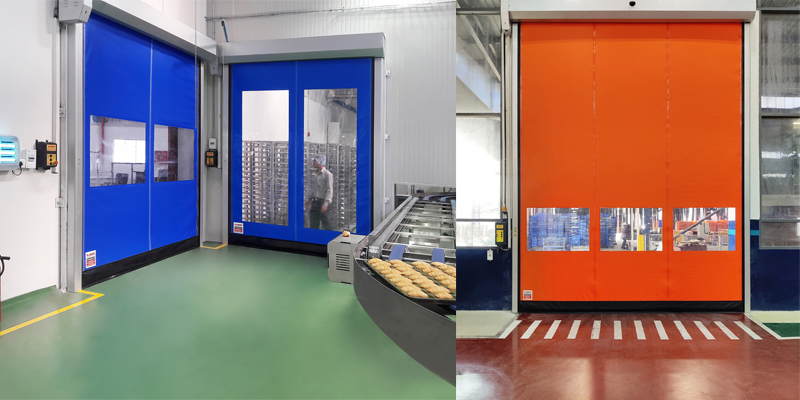
Gandhi Automations’ High-Speed Doors: Fast and Reliable
Gandhi Automations Pvt Ltd, India’s leading entrance automation and loading bay equipment company, offers High Speed Doors designed to ensure smooth, efficient operation in industrial and commerci..
Read moreRelated Products

Rubber Sheets Material
Talbros Sealing Material Pvt Ltd offers a wide range of rubber sheets materi Read more
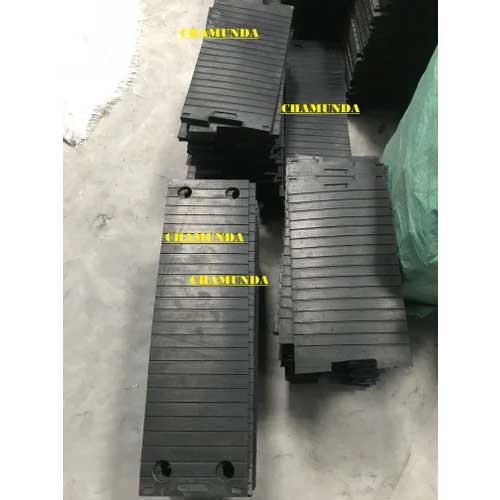
Rail Rubber Pad
Chamunda Enterprise offers a wide range of rail rubber pad.
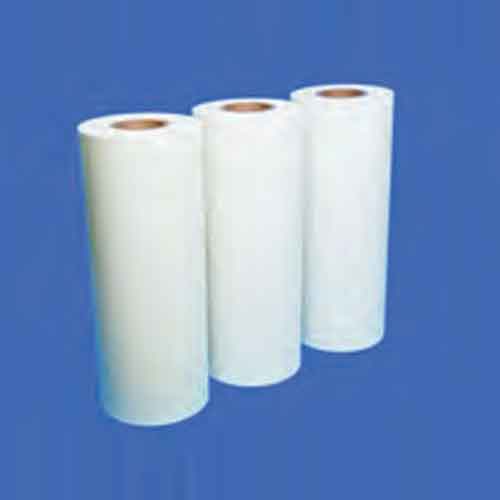
Insulation Polyester Film
TMA International Private Limited offers a wide range of insulation polyester film.





